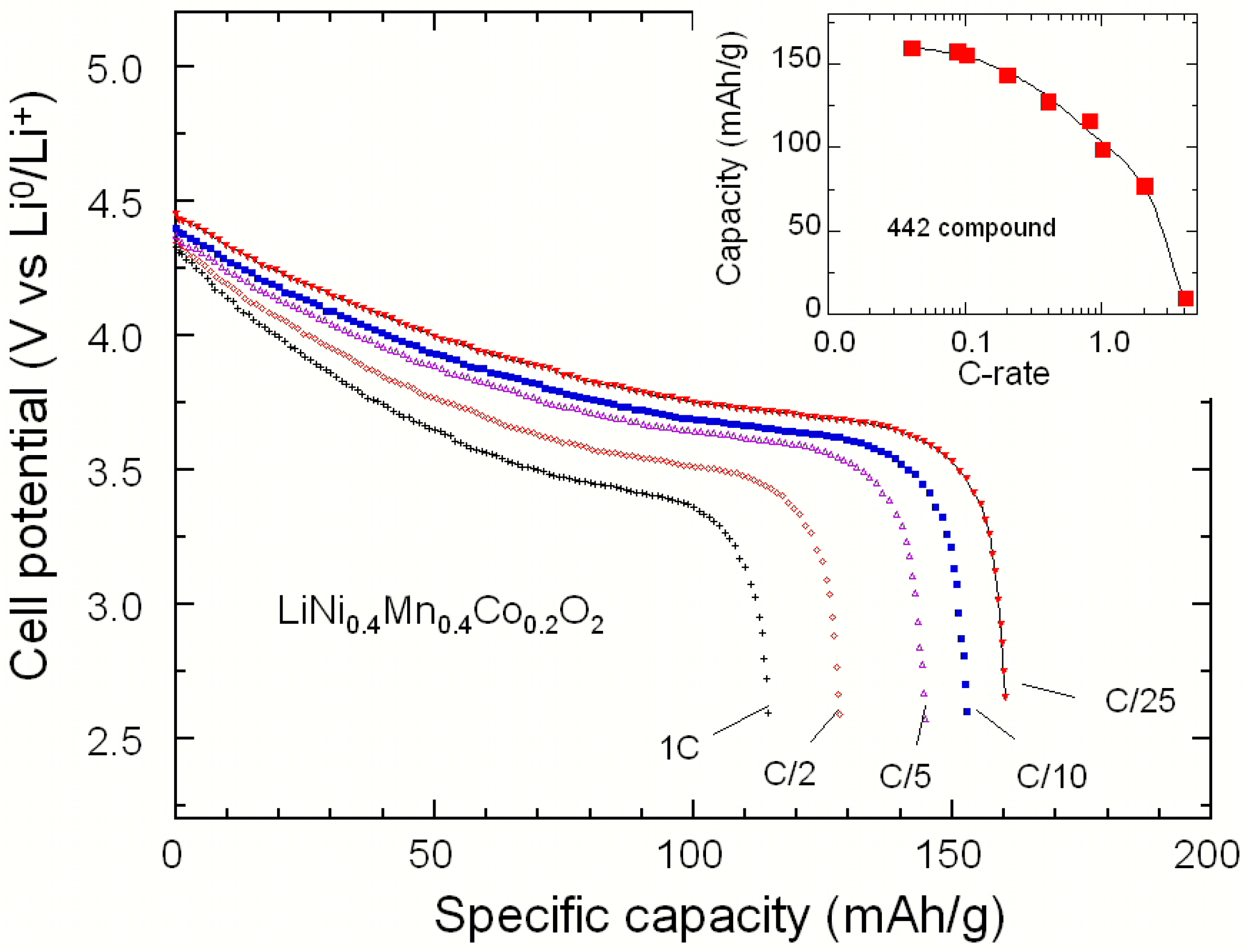Most BMS use top balancing, when each cell group hits 4.2 volts they start to bleed off charge until all the other cell groups hit 4.2 volts. That way they all get to 100% SOC, (if set to charge to 100%). I think Tesla actually balances at lower SOC's but the idea is the same, all cells get to the same level of SOC near the top, some just have less capacity and are uneven near the bottom.
Sorry, these cells are in SERIES with low-resistance heavy connections capable of carrying over 1,000 A. That wired connection simply never goes away. The BMS can only differentially charge series elements in so far as it can clamp the voltage of a group of cells while forwarding some (or all) charge current around them.
Karen's original argument was having a module that had 40% more capacity than the other modules. Let's say the original modules had 16 kWh each when new and had degraded to 14.4 kWh when a new module with 22 kWh capacity was used to replace a bad module. Suppose that this higher capacity module was at 20% SOC when installed (for safety of transportation). So that module had 4.5 kWh when installed. Suppose the non-replaced ones were also at a low 20% SOC for safety during disassembly, so those each have 2.88 kWh SOC. You put it all together and then plug in expecting the BMS to balance this?
The first 46 kWh of charging is easy - all the modules are simply charged in series. At that point you have 3 modules fully charged but the new one still needs another 6 kWh.Tear-down evidence suggests that there is a minimum of 1k Ohm in the bypass path (
Tesla Model 3 - NextGen Battery - EVTV Motor Verks) which would limit bypass current to 4.2 mA (or less). It would take about 1.6 years of continuous balancing to bring that module up. Not practical. [6000W-h/(100V * 0.0042A) = 14,285 hours]
If instead we're generous and say that despite evidence to the contrary the BMS can bypass 500 mA around cells as needed then it could be balanced in only 120 hours (~ 5 days) of continuous balancing. Still not practical. If we wanted to do it in say 12 hours of balancing after the 46kWh of charging (still pretty long IMO) then the BMS would need to bypass 5 A. That would mean the bypassing circuits would dissipate 1.5 kW. I see no evidence that the BMS boards can dissipate that. Even if somehow the BMS uses a switch-mode transfer system (per
@Artful Dodger's suggestion) it still can't be done because there is no mechanism to do such a transfer across modules! At a minimum the wiring between modules to do this simply doesn't exist.
My conclusion is that should the strong module ever get to a lower SOC (relative to it's own capability) the BMS will never be able to bring it back up.
Edit: of course all of this is predicated on the idea that one module has much higher capacity than the others (The original concept that
@KarenRei proposed). The BMS can balance a battery that has modules/parallel cell groups of similar capacity. Unequal capacity is also easily accomodated provided it is due to a different number of series cells (as found in the different modules of the model 3). Note that my math above assumed (for simplicity) 4 identical voltage modules. The conclusion don't change when worked for modules having differing numbers of series cells.



